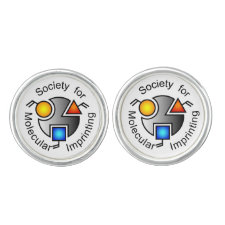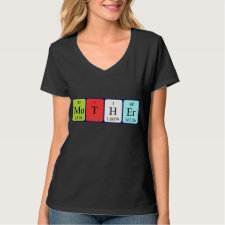
Authors: Gilliland JW, Yokoyama K, Yip WT
Article Title: Solvent effect on mobility and photostability of organic dyes embedded inside silica sol-gel thin films.
Publication date: 2005
Journal: Chemistry of Materials
Volume: 17
Issue: (26)
Page numbers: 6702-6712.
DOI: 10.1021/cm050658h
Abstract: Polarization resolved fluorescence from single molecules was measured from rhodamine 6G (R6G), sulforhodamine B (SRB), Oregon Green 514 (ORG), and didodecyl-3,3,3',3'-tetramethylindocarbocyanine (DilC12) embedded in silica sol-gel thin films in contact with water and ethanol. Positively charged R6G was found to be firmly immobilized, regardless of the solvent medium. Despite its net negative charge, zwitterionic SRB was found mostly immobilized in both solvent media. The immobilization of SRB was attributed to a delicate balance of Coulombic interaction, hydrogen bonding, and molecular imprinting effect. While R6G showed a significant decrease in photostability in a solvent medium because of enhanced solvent interactions, hydrogen bonding appeared to effectively retard the molecular motions of solvated SRB such that its photostability exceeded those in dry films. The mobility of negatively charged ORG was found to be moderately enhanced through repulsion, but Coulombic force was not as influential as hydrophobic interaction, which was responsible for the high mobility found for DiIC12 in dry films. When in water and ethanol, the hydrophobic chains of DiIC12 were pushed by the solvent toward the less polar silica matrix, forcing DiIC12 to the solid-liquid interface and transforming a substantial amount of tumbling DiIC12 into intermediate DiIC12. Since the photostability of DiIC12 is closely related to the dynamics associated with its hydrophobic chains, DiIC12 in both water-covered and ethanol-covered films displayed comparable photostability because of the similar silica environment surrounding the hydrophobic chains.



Join the Society for Molecular Imprinting

New items RSS feed
Sign-up for e-mail updates:
Choose between receiving an occasional newsletter or more frequent e-mail alerts.
Click here to go to the sign-up page.
Is your name elemental or peptidic? Enter your name and find out by clicking either of the buttons below!
Other products you may like:
 MIPdatabase
MIPdatabase









